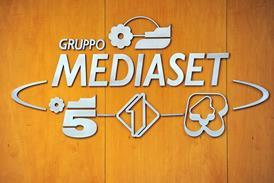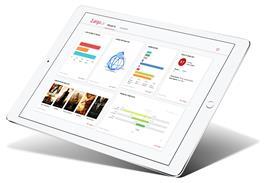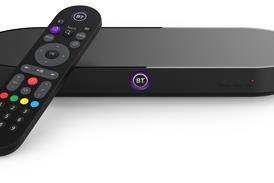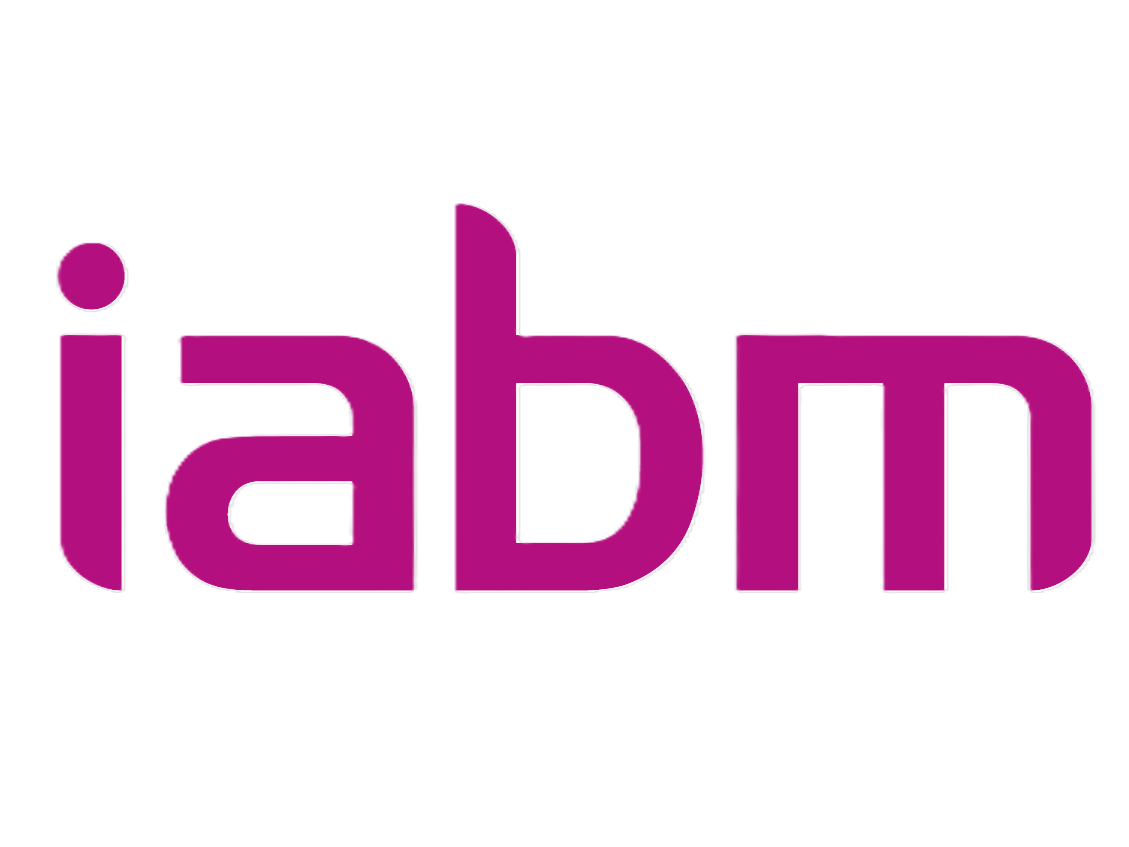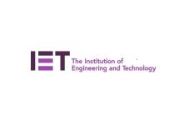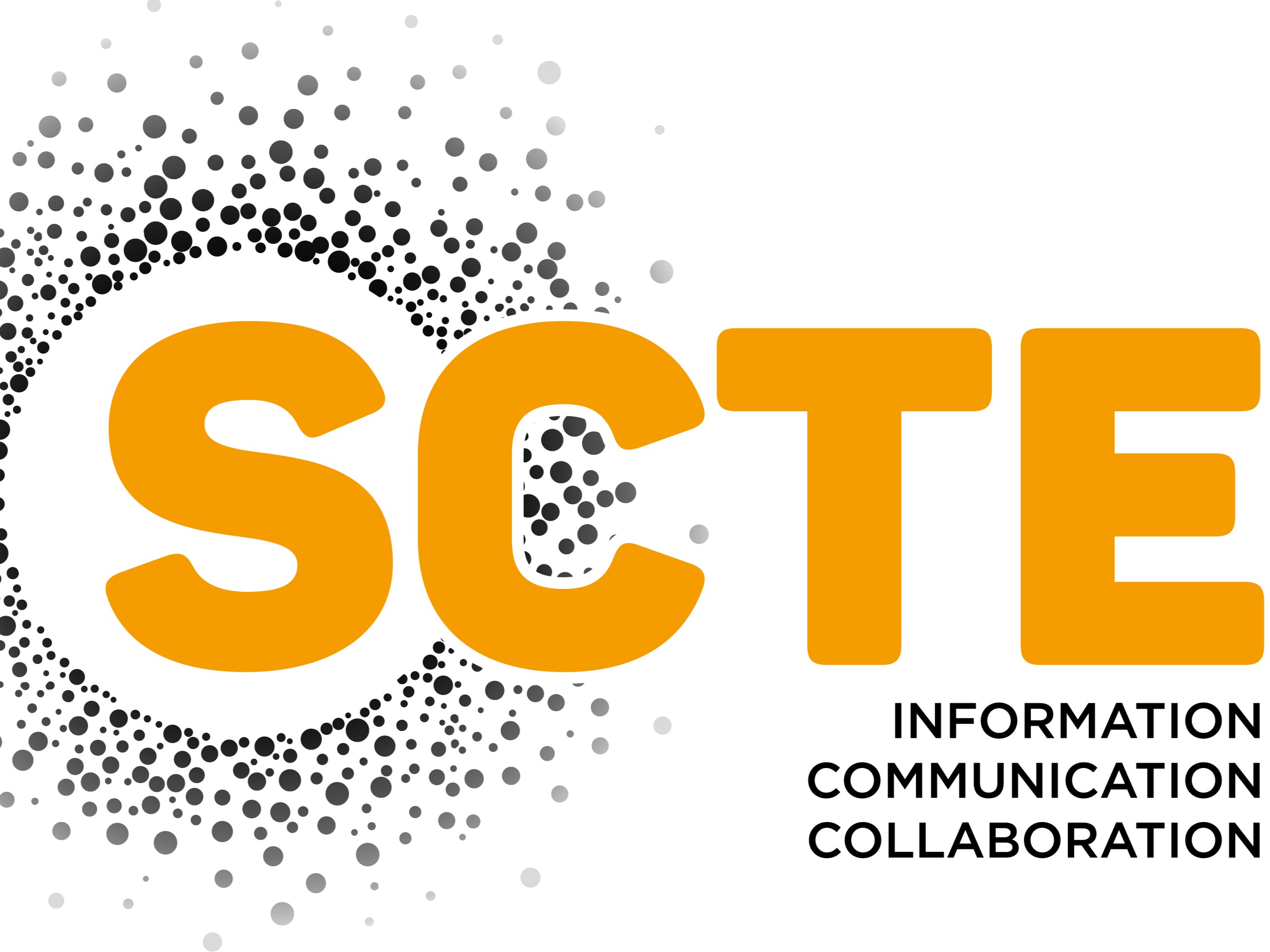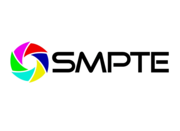All Webinars & papers articles – Page 14
-
 Technical Papers
Technical PapersAddressing future growth in broadcast TV and video consumption on mobile devices
In the future of media (TV, radio, online content, games etc.), two trends seem inescapable - a sustained increase in data usage and much greater consumption of video on mobile and portable devices.
-
 Technical Papers
Technical PapersUltra HD: Bandwidth planning and verification for 4K
Only a decade ago, high definition was the big new thing. With it came new wider 16:9 aspect ratio flat screen TVs that made the living room stylish in a way that old CRTs couldn’t match.
-
 Whitepaper
WhitepaperWhitepaper: Multi-Access Edge Computing (MEC)
Understand how operators can save money & make money from MEC architectures with real application examples.
-
 Whitepaper
WhitepaperWhitepaper: Virtual video transcoding in the cloud
Real applications illustrate the benefits of an accelerated video cloud, which leverages open source technologies & standard servers.
-

-
 Technical Papers
Technical PapersExtended image dynamic range system for UHDTV broadcasting
The introduction of image systems with higher dynamic range and a wider colour gamut is a globally active topic.
-
 Technical Papers
Technical PapersReady for 8K UHDTV broadcasting in Japan
8K Super Hi-Vision (UHDTV) is a broadcasting medium featuring 16 times the number of pixels as Hi-Vision (HDTV) and 22.2 multichannel sound to provide a highly realistic “you are there” sensation.
-
 Technical Papers
Technical PapersApplications and deployments of server and network assisted DASH (SAND)
Streaming media technologies have evolved over the past few years. HTTP-based adaptive streaming is today the technology of choice for streaming over the Internet.
-
 Technical Papers
Technical PapersAudio for television – how AES67 and uncompressed 2022/2110/TR03 video fit together
In today’s TV production environment, audio can take two forms: embedded audio and independent audio.
-
 Technical Papers
Technical PapersMPEG-21 UD: A solution for horizontal integration of media recommendation systems
Nowadays, the availability of large-scale data poses serious limitations in terms of usability.
-
 Technical Papers
Technical PapersStoryteller – Marrying real-time metadata with live events to automate production for multi-screen
Sports as a content genre can be characterized using certain keywords – live, unscripted drama, conversational, loyal audiences
-
 Technical Papers
Technical PapersRemote interpreting for live events and broadcast – inclusion in multiple ways
Live content gathers the highest audience share on TV today – since pre-produced content can already be viewed on demand.
-
 Technical Papers
Technical PapersThe wall of moments: An immersive event experience at home
Within the ICoSOLE project, different (cost-effective) ways of capturing spatially outspread events are being considered.
-
 Technical Papers
Technical PapersThe human sensing revolution
In the last decade we witness a proliferation of devices with advanced sensing capabilities that measure motion, orientation, various environmental conditions, and most recently – human sensing.
-
 Technical Papers
Technical PapersH2B2VS (HEVC hybrid broadcast broadband video services) – building innovative solutions over hybrid networks
Started in January 2013, H2B2VS (1) is a Eureka Celtic-Plus project.
-
 Technical Papers
Technical PapersInteractive streaming of panoramas and VR worlds
In recent years, patterns of media consumption have been changing rapidly.
-
 Technical Papers
Technical PapersFuture models for live event broadcasting
Profound change to the way media is produced, distributed and consumed is upon us.
-
 Technical Papers
Technical PapersA framework for a content-based hybrid content radio
This paper gives an overview of the recent experimental services proposed by a group of European Broadcasters exploring the potentialities of a hybrid approach for audio in radio.
-
 Technical Papers
Technical PapersA workflow for next generation immersive content
Virtual Reality (VR), Video, and Video games are converging. Movies and games are getting closer, sharing techniques and contents.
-
 Technical Papers
Technical PapersVideo clarity: High speed data mining for video
Video feature extraction is not new; there is a long-standing interest among technologists and media industry stakeholders from the 1990s onward in ‘automated content analysis’.





